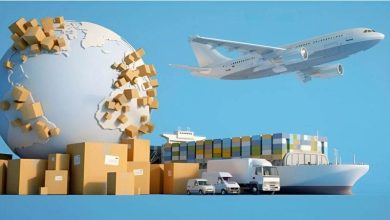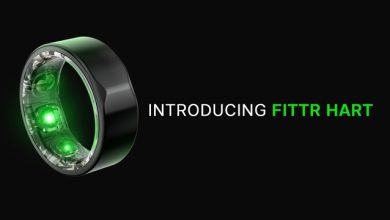Tesla’s price cut caused a sharp drop in share prices

Tesla shares fell sharply at the opening bell on Thursday as the company felt the sting of several price cuts across its model line up this year in hopes of boosting sales.
Tesla is slashing thousands of dollars off the price of its cars as US consumers hold back spending on big ticket items, worry over high inflation and a pair of US banks collapsed during Tesla’s first quarter.
Tesla’s earnings rose during the quarter, but the money it generated per sale was hit by price cuts and a 24 percent drop in first-quarter profit, the company said late Wednesday.
Tesla Inc shares fell 8 per cent on Thursday. TDCowen analyst Jeffrey Osborne said he is “worried” about Tesla’s strategy to sell as many vehicles as possible at low profit margins and subsequently rely on revenue generated from “full self-driving” technology. Osborne is skeptical about when that technology will be available. Osborne wrote, “We continue to question whether FSD will ever work on a camera-only system” with older hardware.
Tesla earned US$2.51 billion from January to March, up from US$3.32 billion a year earlier. Revenue rose 24 percent to $23.33 billion, but the company’s operating profit margin fell.
CEO Elon Muskin said the price cutting may not be over. He told analysts that Tesla evaluates them daily and wants to continue producing as many vehicles as possible.
When asked what happened to orders since the recent price cut announcement, he said, “Orders are more than production.”
Tesla slashed US prices on several of its models at the start of the quarter, then did so for a second time in early March. The company slashed US prices twice more in April, including on Wednesday night, in an effort to boost sales. It also cut prices in Europe.
The company produced around 18,000 more vehicles than it sold during the quarter, indicating softening demand. Tesla’s first-quarter operating margin fell from 19.2 percent in last year’s first quarter to 11.4 percent this quarter.
Musk said Tesla wanted to sell more vehicles at lower prices so it could later generate revenue from software, service and its $15,000 “full self-driving” system that would turn the cars into robotaxis and increase their value. Will do
Despite the name, the cars can’t drive themselves, and Tesla warns drivers that they have to be ready to intervene at all times.
In 2019, Musk promised a fleet of autonomous robotaxis by 2020, and he said early last year that the cars would be autonomous by 2022. Starting in 2021, Tesla is using owners to beta test “full self-driving” on public roads.
But Tesla’s partially automated driving systems are coming under scrutiny from US safety regulators. The National Highway Traffic Safety Administration has dispatched investigative teams to more than 30 crashes since 2016 in which Tesla struck pedestrians, motorcyclists, semi-trailers and parked semi-trailers, suspected to be operating on Autopilot or “full self-driving”. Emergency vehicles have been hit. At least 14 people died in these accidents.
In addition, the NHTSA in February pressured Tesla to recall about 363,000 vehicles with “full self-driving” software because the system could break traffic laws. The agency said in the documents that the system could perform unsafe acts such as traveling straight through an intersection in the turn-only lane or going through a yellow traffic light without proper precautions. The problems had to be fixed with an online software update. The Justice Department has also sought documents from Tesla about “full self-driving” and Autopilot.
–IANS





